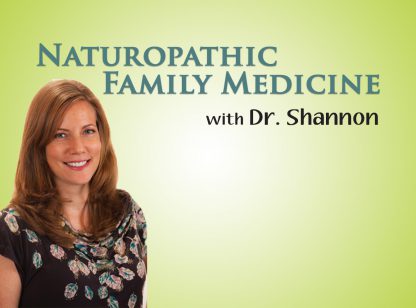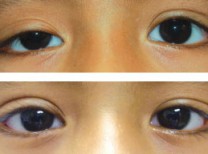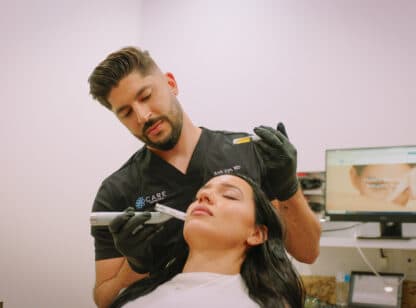Awareness surrounding the use and benefits of probiotics has exploded in recent years. If people aren’t seeking an oral probiotic at their local health foods store, they are reading the back of yogurt labels in search of active cultures.
Further, fermented foods such as pickles, sauerkraut, and kimchi (kimchee) have seen their popularity increase due to the bacterial cultures inherent in the fermentation processes they go through. Are these little bugs that beneficial to our health, and at what age can they begin to be beneficial?
The average human body is composed of ten times more cells from bacteria and fungus than human cells. It seems to follow that what we put into our bodies has a direct impact on the composition of this flora, and we are rapidly finding more research-supported reasons for people to take interest in their microbiome, with benefits ranging from improved gastrointestinal function to decreased anxiety and improved overall mood.
But at what age do we need to start thinking about how we impact our flora?
When treating the common cold and influenza-like symptoms such as runny nose, fever, and coughing, rest and stress relief are paramount in any treatment plan. Beyond that, there are countless over-the-counter remedies that can help suppress symptoms or aid in stimulating the immune system, but how often do we consider probiotics among those ranks? A study published in the Journal of the American Academy of Pediatrics concluded, “Daily dietary supplementation for six months (of probiotics) is a safe effective way to reduce fever, rhinorrhea (runny nose), and cough incidence and duration and antibiotic prescription incidence.”
If probiotics can be helpful in reducing cold and flu symptoms, then at what point is it best to begin supplementing? The answer is as soon as we begin to develop our flora.
It had been thought that both the placenta and the intestines of newborn babies were sterile. What we are now finding is that this remarkable organ, the placenta – the only organ grown and then discarded in adulthood – has a microbiome unto itself. Another common belief is that unborn babies are born sterile, or bacteria-free. Infection is a common cause of premature pregnancy, and unfortunately, this belief stemmed from studies performed on premature babies. Studies looking at the first bowel movements of newborns, prior to their first meal, showed healthy bacterial cultures despite whether the baby was born full term or prematurely. This suggests babies are not born sterile, but are already developing their symbiotic relationship with probiotics, or good bacteria, before birth.
Probiotics change the bacterial balance in the human body and adding them to a child’s diet has numerous potential health benefits. In addition to the benefits mentioned above, I have seen great results with resolving diarrhea, eczema, colic, and allergies to name a few. You may want to consider using probiotics before resorting to more invasive options, such as stomach acid reducers and allergy medication.
Before investing in probiotic supplements for yourself or your child, consider consulting with your pediatric practitioner to determine safety, the ideal strains to use, and the appropriate dosage.
Brian Myers, ND is the new associate naturopathic primary care doctor at Live Well Clinic with a focus on pediatrics, family medicine, and foot health. For more information, go to www.livewellclinic.org or call (760) 771.5970.
Sources: 1) Mshvildadze, M., Neu, J., Shuster, J., Theriaque, D., Li, N., Mai, V. (2010). Intestinal Microbial Ecology in Premature Infants Assessed Using Non-Culture Based Techniques. The Journal of Pediatrics, 156(1), 20-25. doi: 10.1016/j.jpeds.2009.06.063; 2) Aagaard, K., Ma, J., Antony, K.M., Ganu, R., Petrosino, J., Versalovic, J. (2014). The Placenta Harbors a Unique Microbiome. Science Translational Medicine, 6(237), 237-65. doi: 10.1126/scitranslmed.3008599; 3) Leyer, G.J., Li, S., Mubasher, M.E., Reifer, C., Ouwehand, A.C. (2009) Probiotic Effects on Cold and Influenza-Like Symptom Incidence and Duration in Children. Official Journal of the American Academy of Pediatrics, 124(2), 172-9. doi: 10.1542/peds.2008-2666

















































Comments (0)